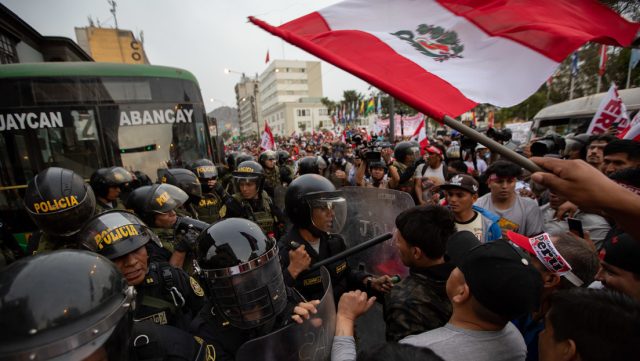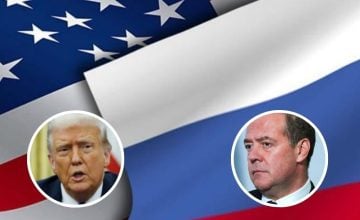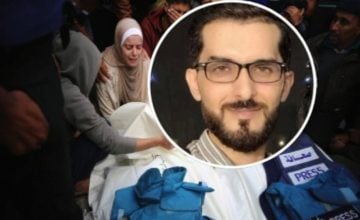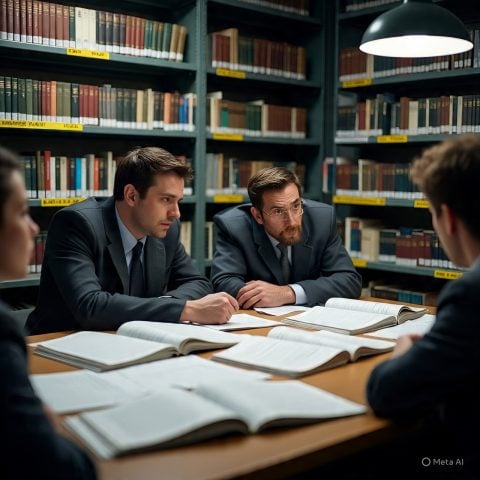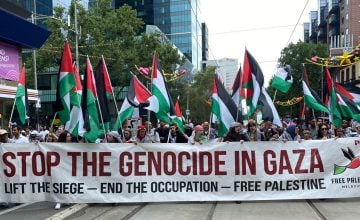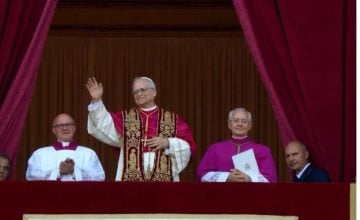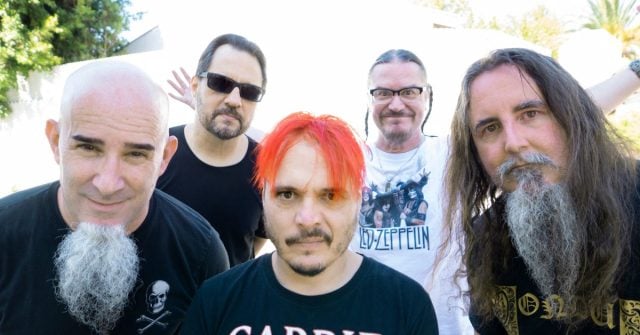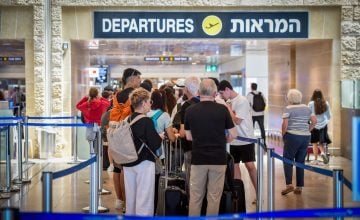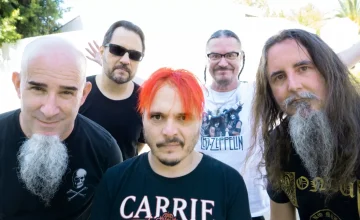If Pedro Castillo’s coming to power in Peru was fought symbolically in the street, his exit follows the same route. After Congress ordered the president’s vacancy following a controversial decree, the demonstrations demanding his reinstatement in office have filled various points of the national geography.
What is unique about these protests is that they confirm the mapping of a country that continues to be divided between “Limacentrism” – surprisingly defeated at the polls by Castillo – and the regions. Thus – for example – in southern areas such as Arequipa, which massively supported the rural teacher in the 2021 elections, the mobilizations have been as forceful as they have been repressed.
The Government of Dina Boluarte decreed a State of emergency in Arequipa, Apurímac and Ica, where there are several of the nerve centers of the protesters who demand the freedom of Castillo, the closure of Congress and the advancement of the general elections, reports RT.
In addition, the Executive has authorized the deployment of the Armed Forces to try to contain popular discontent, while the measures of pressure in the streets increase in level with road blocks, arson attacks, barricades and actions against the media. Until now, the police repression against the followers of the rural teacher has left a balance of seven dead.Electoral strongholds
During this day, in Puno, protesters have blocked the exits from the city of Juliana and Desaguadero, as well as the passage of the international bridge in the city of El Collao-Ilave and the interoceanic highway in the province of Carabaya-Puno.
The road closures include the border crossing with Bolivia, in the cities of Desaguadero and Yunguyo. The popular movement in favor of Castillo is more than predictable in that area, where the maestro rondero (rural teacher) achieved almost 90% of the electoral support that paid for his hard-fought victory last year.
In addition to the demonstrations in the streets, in the academic sphere such as the National University of the Altiplano in Puno, its facilities were taken over by the students, who are already announcing assemblies and mobilizations.
In the midst of the climate of effervescence, the members of the Council of Ministers announced on Tuesday that they would start a tour of the regions to restore dialogue in the areas where there is the greatest conflict.
In Arequipa, the Armed Forces deployed themselves at key points in the city to prevent the action of the protesters. Among the most protected areas are the offices of the Public Ministry and the facilities of the Superior Court of that region.
Preventive action is not free, since one fatality was confirmed due to police repression. This is a citizen identified as Miguel Arcana, 38, who participated in the protests in Cerro Colorado, in Arequipa, a region where a little over a year ago Pedro Castillo won the elections in 97 of the 109 districts.
Apurímac, another of the toughest bastions of the rural teacher, has been besieged by the State of emergency since the first deaths occurred there during the demonstrations in favor of the vacated president. The victims, who were made known on December 11, were a 16-year-old teenager and an 18-year-old boy.
The following three deaths, as detailed by the Apurímac Regional Health Directorate, occurred on December 12. The deceased were young people between the ages of 16 and 18.Lime in the spotlight
In Lima, the climate is no less tense. Unlike the south of the country, where Castillo managed to raise the sympathies that opened his tortuous path to the presidency, the capital was reluctant in the electoral sphere, voracious in the political sphere and implacable in the media.
It is for this last point that the protests in the capital have been characterized by a common element: the attack on the headquarters of the media such as América TV, Canal N, Panamericana and Exitosa, media companies that harshly criticized the actions of the rural teacher from long before he came to power.
In parallel, this Wednesday the public order officers preventively took over the vicinity of Plaza San Martín to avoid the concentration of protesters, after the clashes that took place on Tuesday night and which culminated in two people being injured.
Given the situation that threatens to escalate and that has included some vandalism attacks on public infrastructure, the mayor of Miraflores, Luis Molina, asked the Government to declare an emergency for Lima and Callao.
Hours later, the Peruvian Defense Minister himself, Luis Alberto Otarola, announced the declaration of a State of Emergency for the entire country.Turmoil in all of Peru
According to local media, the roadblocks and demonstrations affect more than half of the country’s regions, since they include actions against air and railway terminals that have forced the suspension of operations.
Faced with pressure, Otárola announced that the road network will be declared in emergency and that the Armed Forces will be deployed to protect facilities such as airports and power plants.
In fact, in Arequipa, the Armed Forces regained control of the main air terminal after the popular takeover by protesters, which made it necessary to temporarily suspend operations.
Without very visible faces in front, the sources of protest remain active while Castillo remains detained and sends letters, through his social networks, to demand respect for their rights and the integrity of the protesters.
«I was chosen by the forgotten men and women of the deep Peru, by the dispossessed, those that have been ‘postponed’ for more than 200 years. Since I took office, they have not stopped for a minute in rejecting such a decision by the people», recalled the ex-president in a trill, after accusing a «coup oriented, exploitative and hungry» sector of wanting to silence popular discontent, with the consent of the media.
According to his complaint, the media this week received millionaire resources from the Boluarte government «to silence the massacre and the crisis throughout Peru», using the money that his administration planned to allocate for «the Second Agrarian Reform, as well as for the Christmas bonus to the National Police and Teachers union».
The attitude of the acting administration, on the other hand, has focused on criminalizing the disaffected, branding them as «hooligans» and suggesting that the protests are fueled by terrorism. These accusations, with little evidence and a lot of screen (unfounded media exposure), are the ‘revival’ of a recurring practice in the political history of Peru: the ‘terruqueo’, or what is the same, the habit of putting a ‘cover’ of terrorist subversion on everything that smacks of discontent with the established power.
